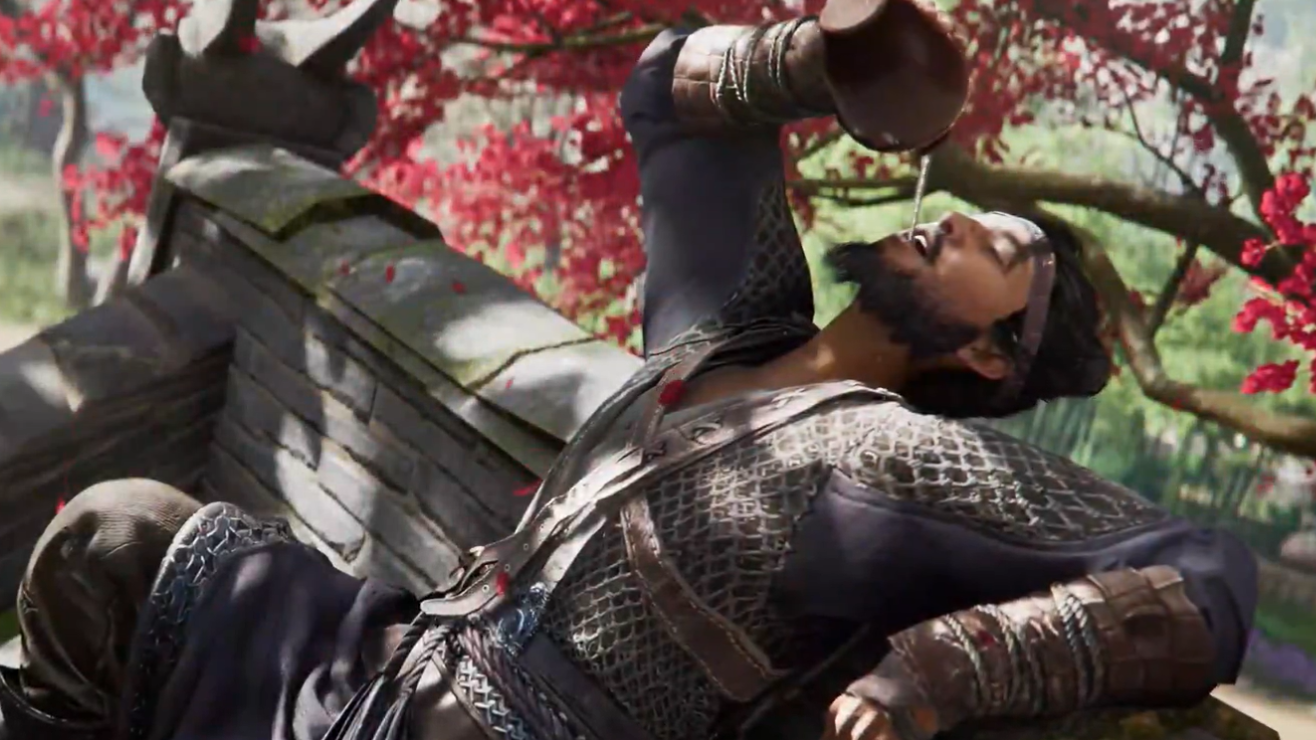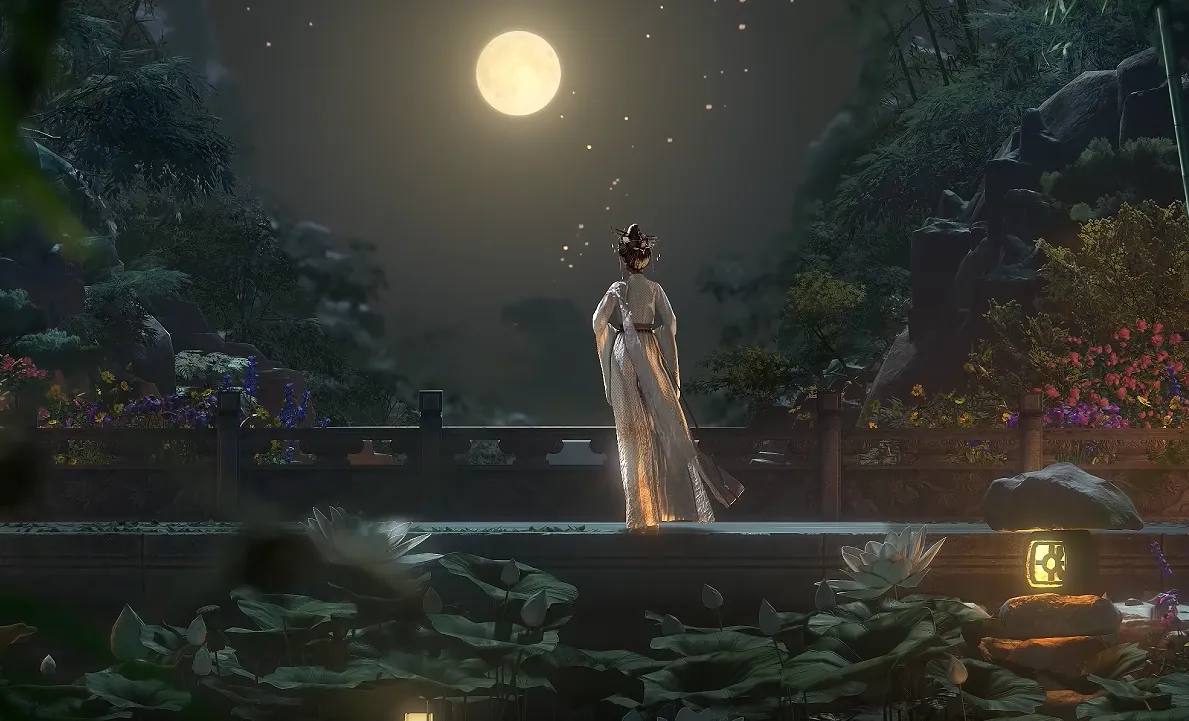Where Winds Meet does not ship as a static open-world RPG. From day one, it is framed as a “living Wuxia world” that expands in seasonal cycles, with new regions, story arcs, and social systems layered on top of the launch map.
Instead of a traditional, date-by-date roadmap graphic, the developers describe a structure: three‑month seasons, each with a different focus, and smaller patches in between shaped by player feedback. The launch season centers on the twin regions of Qinghe and Kaifeng; later updates are meant to push the main story forward, deepen social systems, and unlock additional sects.
How seasonal updates work in Where Winds Meet
Post‑launch development revolves around seasons, not one‑off DLC drops. Each season is planned to run for roughly three months and deliver both new content and systemic changes.
| Element | How it works |
|---|---|
| Season cadence | New season roughly every 3 months, with themed content drops. |
| Core goal | Keep the Wuxia world feeling active and reactive rather than “finished”. |
| Major updates | New regions, story chapters, systems, or social features, depending on the season. |
| Minor patches | Balance changes, bug fixes, and quality‑of‑life tweaks within each season. |
| Player feedback loop | Future tuning and content direction shaped around how people actually play. |
Some seasons will be recognizable content beats: new areas on the map, fresh NPCs, extra boss fights, and main‑story quests that push the overarching narrative beyond the launch finale. Others are more infrastructural, aimed at game systems rather than geography—reworks to progression, new social tools, or experiments with events that only run for a limited time.

Launch season: Qinghe, Kaifeng, and “version 1.0”
The first season arrives with the global launch on PC and PlayStation 5. It introduces two headline regions—Qinghe and Kaifeng—alongside version 1.0’s story, which leans heavily into classic Wuxia melodrama and political intrigue during the Five Dynasties and Ten Kingdoms period.
| Launch content | What it includes |
|---|---|
| Regions | Qinghe and Kaifeng, both described as large, self‑contained zones with their own stories. |
| Main storyline | A full narrative arc for the young sword master protagonist plus side stories and hidden encounters. |
| World systems | Crime and honor mechanics, bounties, jail, reputation, and a day‑night and weather cycle. |
| Combat toolkit | Martial arts weapon styles, internal arts, mystic skills, and the signature umbrella weapon. |
| Social play | Co‑op, PvP arenas, guilds, marriages, and shared‑world events. |
Qinghe and Kaifeng are not just extra space to grind in. Each region has its own story arc that connects to the protagonist’s past, with characters, factions, and bosses specific to that area. The intent is to make every seasonal region feel like a chapter of serialized Wuxia fiction rather than an isolated biome.
Version 1.0 also establishes the baseline: fluid martial arts combat that blends grounded motion‑captured moves with fantasy skills, a world where NPCs follow routines rather than standing as static quest markers, and shared‑world rules that govern crime, punishment, and honor between players.
What later seasons can change or add
After launch, each season is framed as having its own “focus”. There is no fixed public list of themes yet, but the areas that can shift are clear.
| Season focus area | Examples of changes |
|---|---|
| Story and regions | New areas on the overworld map, fresh story arcs, extra bosses tied to those locations. |
| Gameplay systems | Reworks to progression, additions to Mystic Arts or internal arts, new types of activities. |
| Social features | More tools for guilds, new co‑op modes, different ways players can affect each other’s worlds. |
| Time‑limited events | Seasonal festivals, special dungeons, or challenges that award cosmetics and materials. |
| Sects and professions | New joinable sects and deeper profession mechanics on top of the launch set. |
Story‑driven seasons are the easiest to picture: an expansion of the political map, another villainous faction, or a new legendary assassin showing up in the jianghu. System‑heavy seasons are more subtle but often have the biggest impact over time. That could mean changing how world level works, adding new support skills to professions like healer, or building out more uses for the Mystic Arts system in late‑game encounters.
Social seasons are aimed at players who treat the world less as a single‑player action game and more as a virtual Wuxia society. Expect adjustments to guild specializations, more reasons to engage with marriage and rivalry systems, and modes that encourage emergent stories—like bounties, prison parades, or sect‑specific obligations.
Sects at launch and how they fit into the roadmap
Sects are one of the strongest hooks for long‑term content. They sit somewhere between classes and factions, each with rules that affect what you do in the world. At launch, there are 11 sects integrated, but not all of them are immediately open to every player.
| Sect element | Role in the game |
|---|---|
| Core fantasy | Defines your martial philosophy and social obligations in the jianghu. |
| Rules and reputation | Each sect has behavior expectations; breaking them can cost standing or membership. |
| Examples of playstyles | Assassin‑style killing contracts, scamming and trading, even polygamy‑focused sects. |
| Roadmap hook | Future seasons will unlock additional sects to join beyond the launch set. |
| Guild overlap | Guilds and sects intersect; some guild specializations line up more naturally with certain sect philosophies. |
Because sects are built around explicit rules—beg from strangers, hunt criminals, avoid certain actions—adding new ones later is a powerful way to change how returning players experience familiar spaces. A city square that was once just a place to pick up quests can become a hunting ground for a sect that thrives on scams or duels.
Future updates are set to make more sects joinable, which gives the developers room to layer new social contracts into the world without rewriting core combat or progression every time.
Shared‑world systems that give seasons something to build on
The seasonal model only works if there are systems robust enough to absorb new content. Where Winds Meet leans on several overlapping mechanics that already feel MMO‑like, even though the game is structured as an open‑world action RPG first.
| System | What makes it important long‑term |
|---|---|
| Crime and honor | Actions like theft or murder can turn players into criminals, spawning bounties other players can claim. |
| Jail and punishment | Captured criminals can be jailed, paraded, and mocked by real players, turning punishment into emergent content. |
| Professions | Roles like healer require other players to treat injuries and ailments, creating interdependence. |
| Guild specializations | Guilds choose focuses—combat, social, exploration—that dictate the missions and perks they receive. |
| Mini‑games and side activities | Pitch‑pot, music, casual sports, and social events offer low‑pressure ways to interact between major updates. |
Seasons can attach themselves to these systems in different ways. A crime‑themed season might introduce notorious NPC criminals whose bounties require coordinated player responses. A profession season could rework how sicknesses and injuries work, giving healers more tools and responsibilities. A guild‑focused season might add new specialization paths or large‑scale wars that run over several weeks.
Because progression materials drop from all kinds of content—PvE, PvP, exploration, casual play—the game avoids forcing players into narrow seasonal grinds. That flexibility is important if each three‑month stretch is supposed to feel different without burning people out.
Monetization, free‑to‑play, and what seasons actually sell
Where Winds Meet is free to play and leans hard on the promise that there is no pay‑to‑win. Power is not sold directly; instead, the business model is built around cosmetics and time‑limited reward tracks.
| Monetization element | What it offers |
|---|---|
| Cosmetic shop | Appearances, outfits, mounts, weapons skins, and emotes with no direct power attached. |
| Battle passes | Seasonal reward tracks that grant cosmetics and resources when you play regularly. |
| Monthly passes | Steady, subscription‑like bundles of currency and items over a set period. |
| No P2W stance | Combat strength and progression are tied to play, not spending; “power for sale” is explicitly ruled out. |
Because seasons already provide natural windows for new cosmetics and reward structures, they mesh tightly with battle passes and event shops. A region‑themed season can introduce wardrobes rooted in that area’s culture. A sect‑heavy season might layer in cosmetics that emphasize that sect’s philosophy. The key claim from the developers is that while seasons will absolutely sell looks and convenience, stat advantages stay off the table.

How players actually progress across seasons
The seasonal model sits on top of a progression system that already encourages routine play. Level caps are tied to story progress, and several weekly systems reward consistent engagement rather than all‑night grind sessions.
| Progression loop | Role in seasonal play |
|---|---|
| Main story chapters | Gate level caps and breakthroughs; new seasons can extend this ceiling. |
| Mental Energy | Daily action currency for strongholds and objectives; encourages regular logins. |
| Weekly caps | Limits on currencies and dungeons that reset, aligning naturally with seasons. |
| Strongholds and raids | Instanced PvE hooks that can host new bosses or seasonal mechanics. |
| Recycling and tuning | Permanent account‑level progression tied to dismantling gear and later tuning systems. |
Later seasons can safely raise the ceiling on any of these without invalidating early investment. A new chapter can come with a higher-level cap and tougher bosses. A fresh weekly dungeon can add exclusive materials without removing the value of previous ones. New tuning paths give latecomers more ways to specialize their builds without being locked out of earlier rewards.
For players, the practical effect is familiar: keep up with weekly caps if you care about long‑term power, and treat seasonal story and world content as the main reason to return after a break.
Where Winds Meet never publishes a neat, static roadmap graphic with dates and feature names laid out like subway stops. Instead, it commits to a rhythm—three‑month seasons—and a set of levers to pull each time: regions, story, systems, sects, and social rules. For a Wuxia game built on the idea of a living jianghu where reputation and faction matter as much as damage numbers, that kind of flexible, systemic roadmap may fit better than a stack of one‑off expansions.


